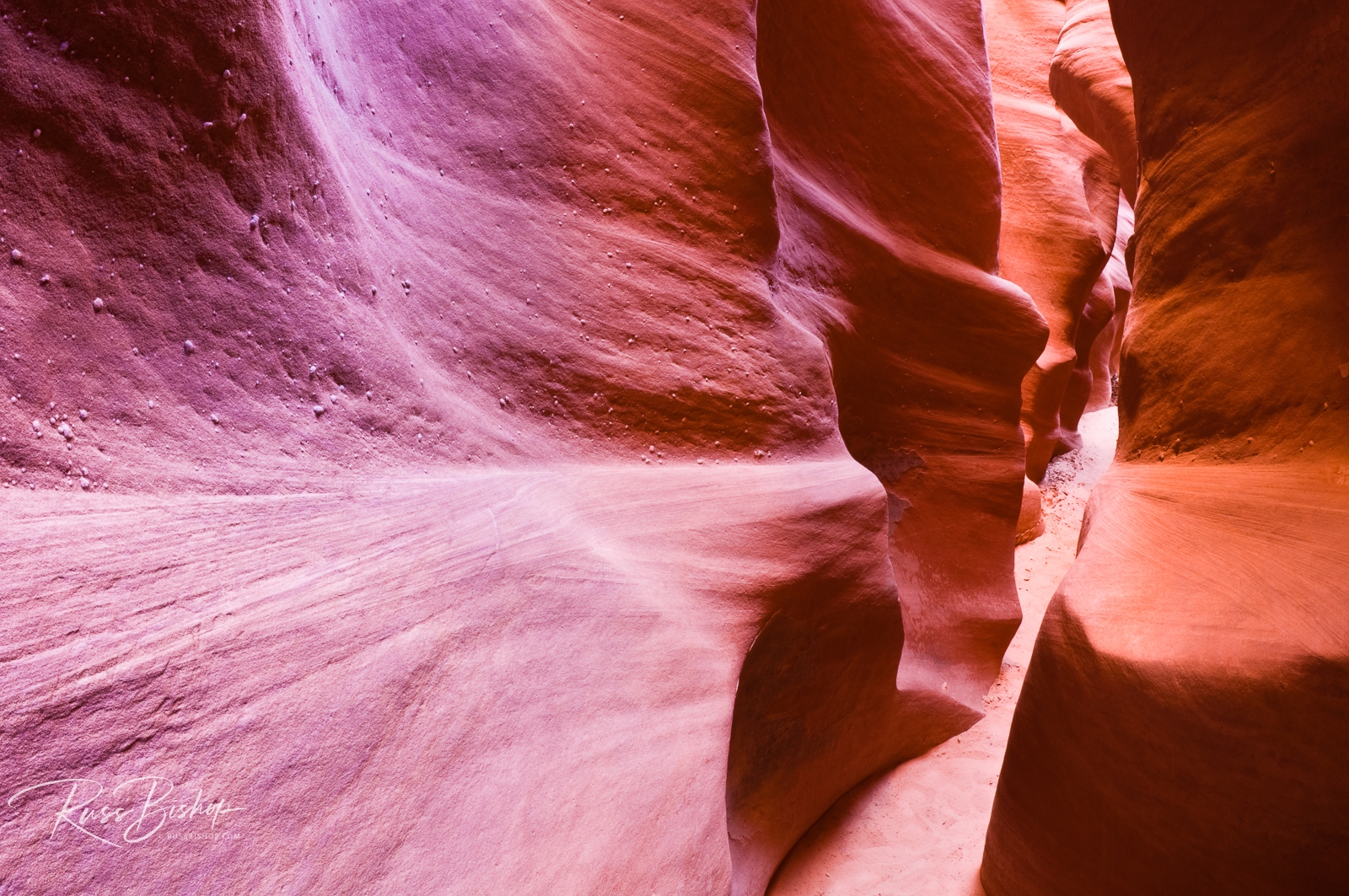
The Native American cliff dwellings of the southwest are the most spectacular ruins north of Mexico. The Ancestral Puebloan Indians (or “The Ancient Ones”) were the prehistoric pueblo culture that thrived in the Four Corners region of the United States between 900 and 1200 A.D. before their mysterious disappearance.
Many of their elaborate structures are well-preserved in national parks such as Mesa Verde in southwestern Colorado, Chaco Canyon in New Mexico, and Canyon de Chelly in Arizona. From three-story citadels perched precariously on canyon ledges like Square Tower House shown here, to the 500 room Great Houses of Chaco Canyon, these skilled masons left a legacy to rival the ruins of ancient Greece.
Once referred to as the Anasazi, Archaeologists and scholars still debate what caused their sudden demise toward the end of the 12th century. But the stone handiwork of the Ancestral Puebloans remains a fascinating testament to the vision and tenacity of these ancient pueblo people.
©Russ Bishop/All Rights Reserved


